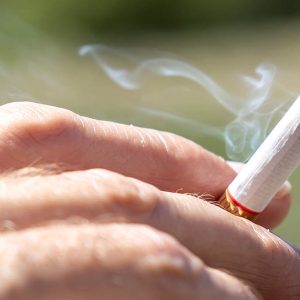Tooth discoloration is a common concern that affects many individuals, impacting both their appearance and self-confidence. While the natural color of teeth can vary, many people strive for a bright, white smile. Understanding the factors that contribute to tooth discoloration is crucial for addressing and preventing it effectively. This article explores the primary reasons teeth become yellow and offers practical solutions to maintain a radiant smile.
Understanding the Causes of Yellow Teeth
Teeth can become yellow due to a variety of intrinsic and extrinsic factors. Intrinsic factors are those that affect the inner structure of the tooth, while extrinsic factors impact the outer enamel. By identifying these causes, individuals can take proactive steps to prevent discoloration and maintain oral health.
Reason 1: Poor Oral Hygiene Practices
Inadequate brushing and flossing can lead to plaque buildup, which can cause teeth to appear yellow. Plaque is a sticky film of bacteria that forms on the teeth and can harden into tartar if not removed regularly. Consistent oral hygiene practices, including brushing twice a day and flossing daily, are essential to prevent plaque accumulation and maintain a bright smile.
Reason 2: Consumption of Staining Foods and Beverages
Certain foods and drinks, such as coffee, tea, red wine, and berries, contain chromogens that can stain the enamel. These substances adhere to the tooth surface, leading to discoloration over time. Limiting the intake of these items and rinsing the mouth with water after consumption can help minimize staining.
Reason 3: Tobacco Use and Its Effects on Teeth
Tobacco products, including cigarettes and chewing tobacco, contain tar and nicotine, which can cause significant staining. These substances penetrate the enamel and lead to a yellow or brown discoloration. Quitting tobacco use not only improves overall health but also helps prevent further tooth discoloration.





